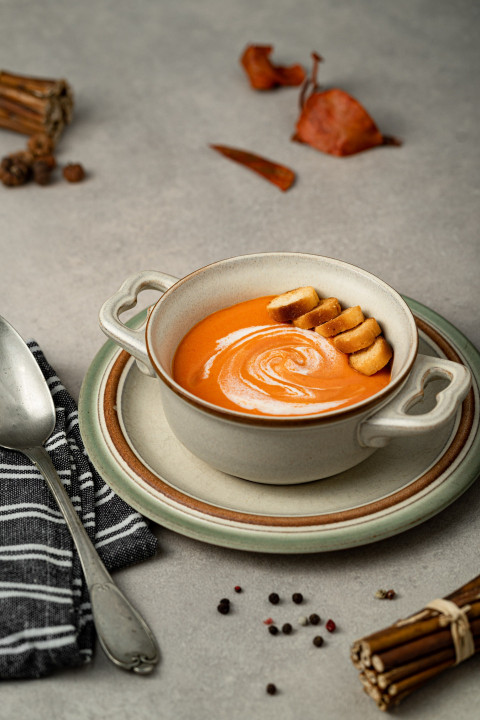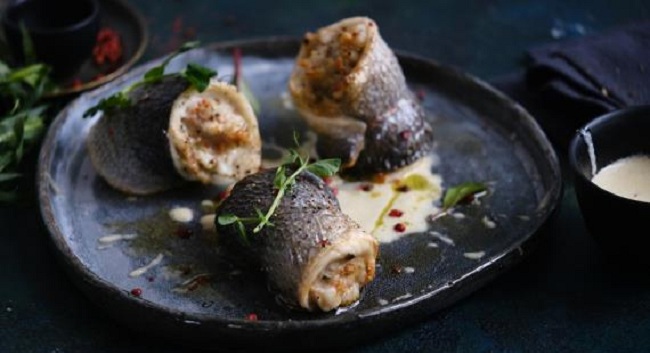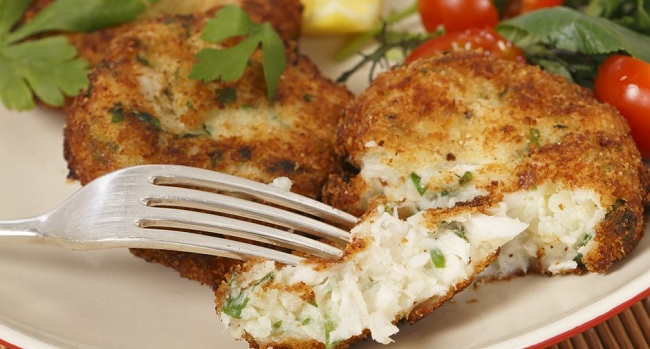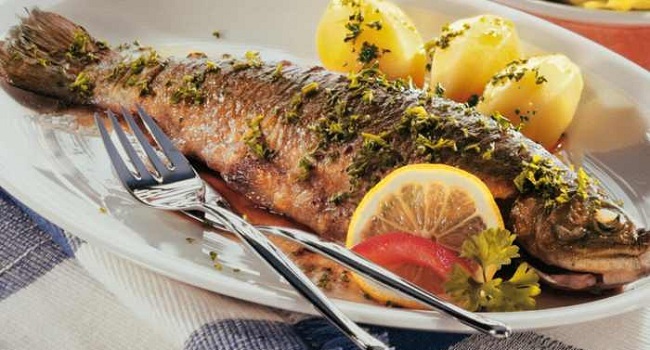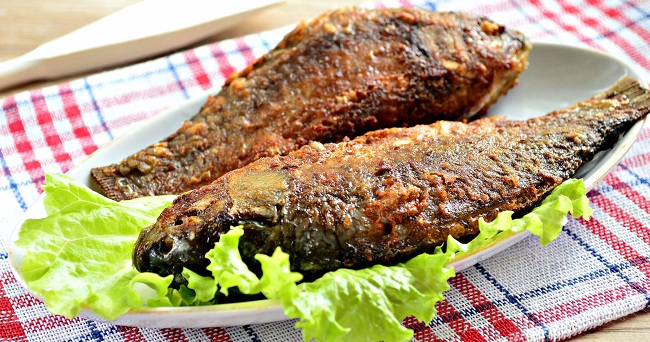A chickpea and avocado salad goes well with springtime. It provides you with vegetable proteins, healthy fats and a large portion of fresh seasonal vegetables. We present you a vegan recipe.
Spring brings an abundance of fresh local vegetables. These include radishes, spring onions and spinach. They look particularly good in a nutritious and quick-to-make chickpea and avocado salad.
Chickpeas provide you with an extra portion of vegetable protein and the avocado contains many valuable unsaturated fatty acids in addition to vitamins and minerals. The avocado is considered a superfood – just one avocado a week can reduce the risk of heart attack.
However, you should not eat avocados in large quantities. The drupe is associated with a poor ecological balance, which is partly due to the high water consumption in cultivation and the long transport routes.
Recipe: This is how you prepare the chickpea and avocado salad

It is therefore best to only buy avocados as an exception and for special dishes – such as this chickpea and avocado salad. We also recommend that the avocado and other ingredients are organic if possible. Organic farming does not use synthetic chemical pesticides that can be harmful to the environment and health.
Ingredients:
265 g cooked chickpeas
200 g fresh spinach
3spring onions
200 g radishes
1avocado
4 tablespoons soy yoghurt
1 tbsp lemon juice
0.5 tsp garlic powder
salt and pepper
sweetener to taste (optional)
Directions:
If you are using jarred chickpeas, give them a quick wash in a colander. Wash the spinach, spring onions and radishes. If necessary, remove the hard stems from the spinach.
Cut the spring onions into rolls and the radishes into slices. Peel and cut the avocado into chunks.
Place the chickpeas, greens, and avocado in a bowl. For the dressing, whisk together the yogurt, lemon juice, garlic powder, salt, and pepper. Pour the dressing over the chickpea and avocado salad and mix well.
Season the chickpea and avocado salad with salt, pepper and, if necessary, a little sweetener. Let the salad sit for half an hour before serving.
Chickpea and Avocado Salad: This makes it even tastier

The chickpea and avocado salad taste particularly good if you add vegan feta and a homemade baguette. You can also vary the salad as you like:
- Fresh herbs such as mint and chives add variety to the taste.
- You can also choose other vegan yogurt alternatives for the dressing, such as coconut yogurt.
- Or you try a completely different salad dressing for the chickpea and avocado salad.
- You can also use lamb’s lettuce instead of spinach.








